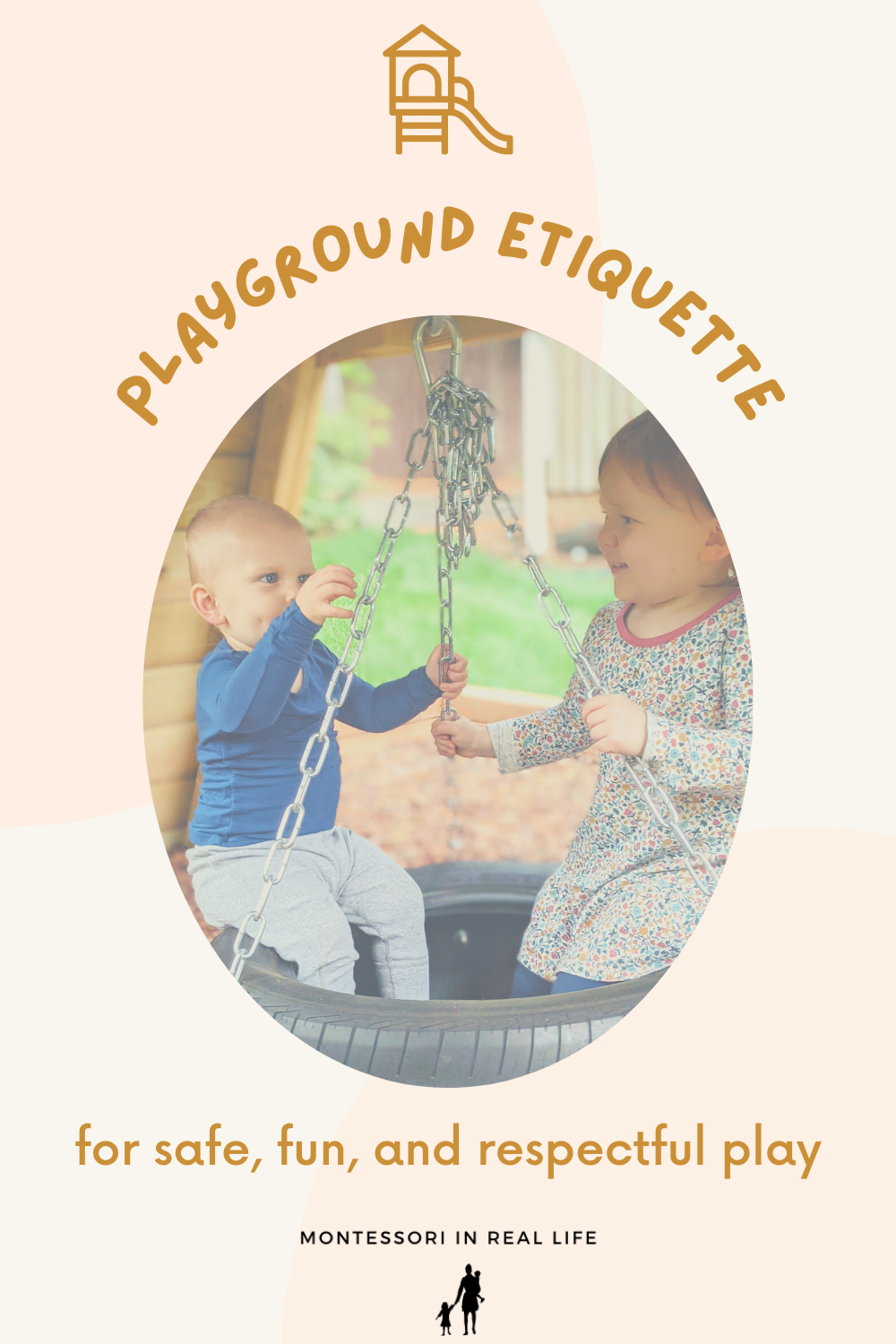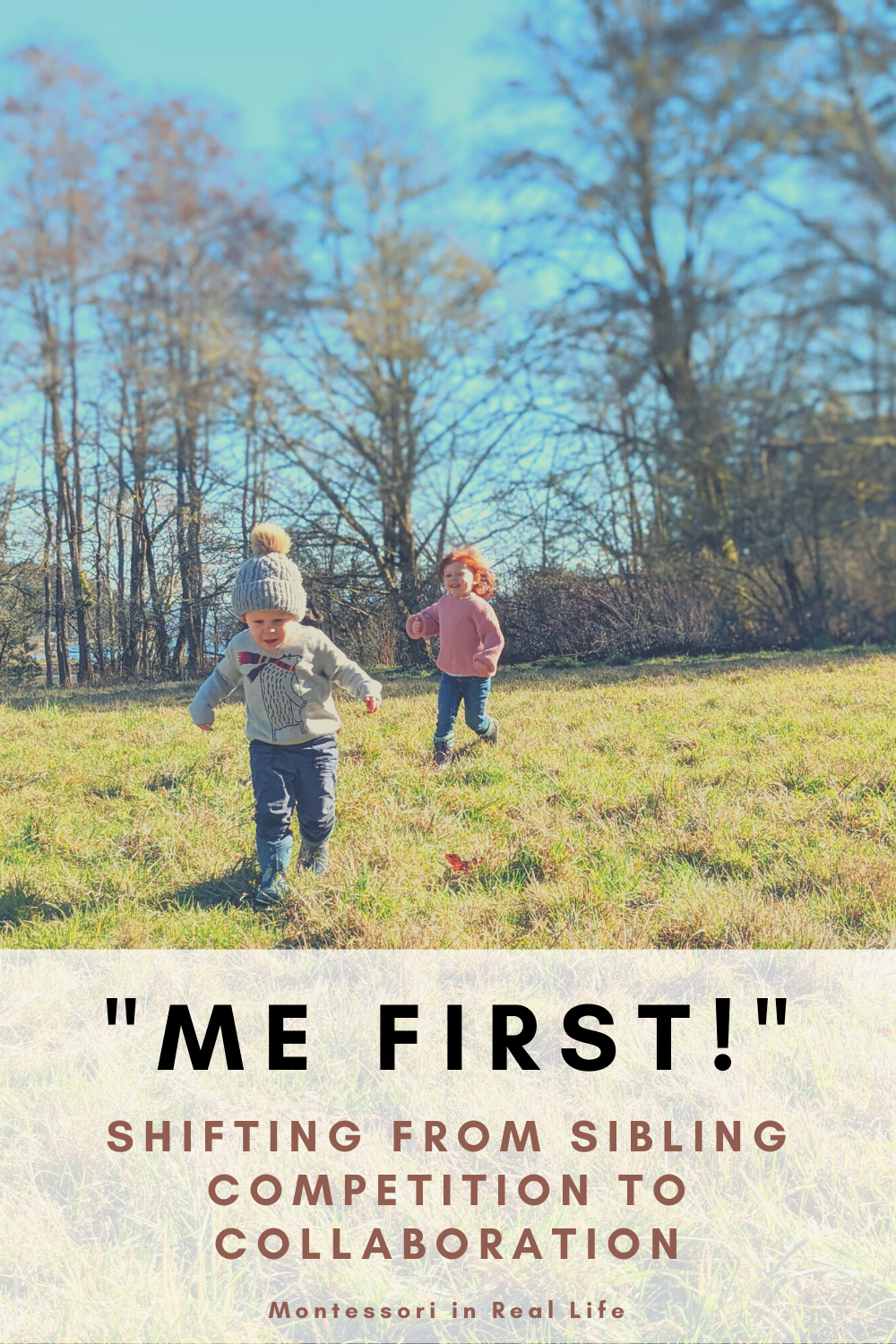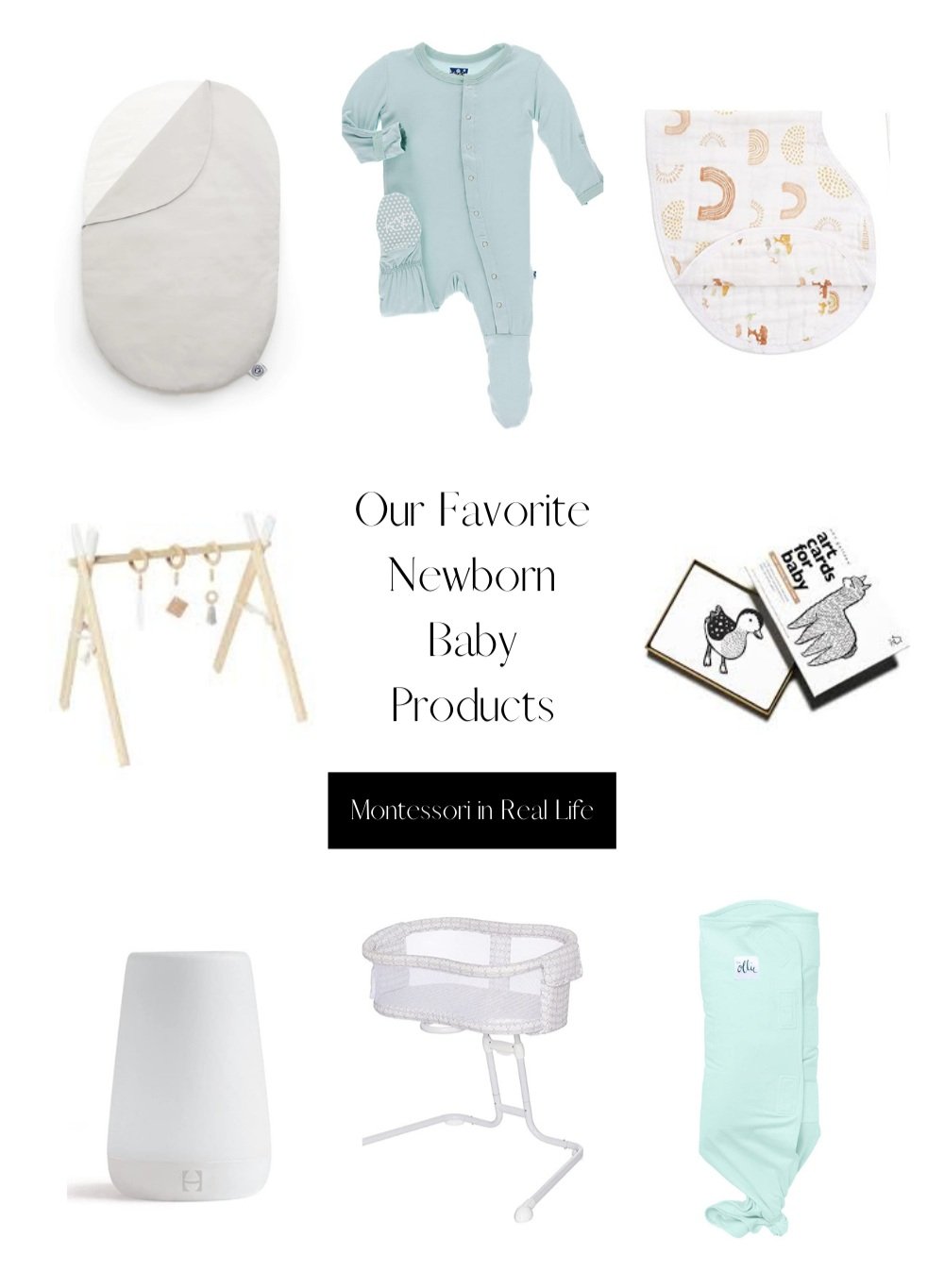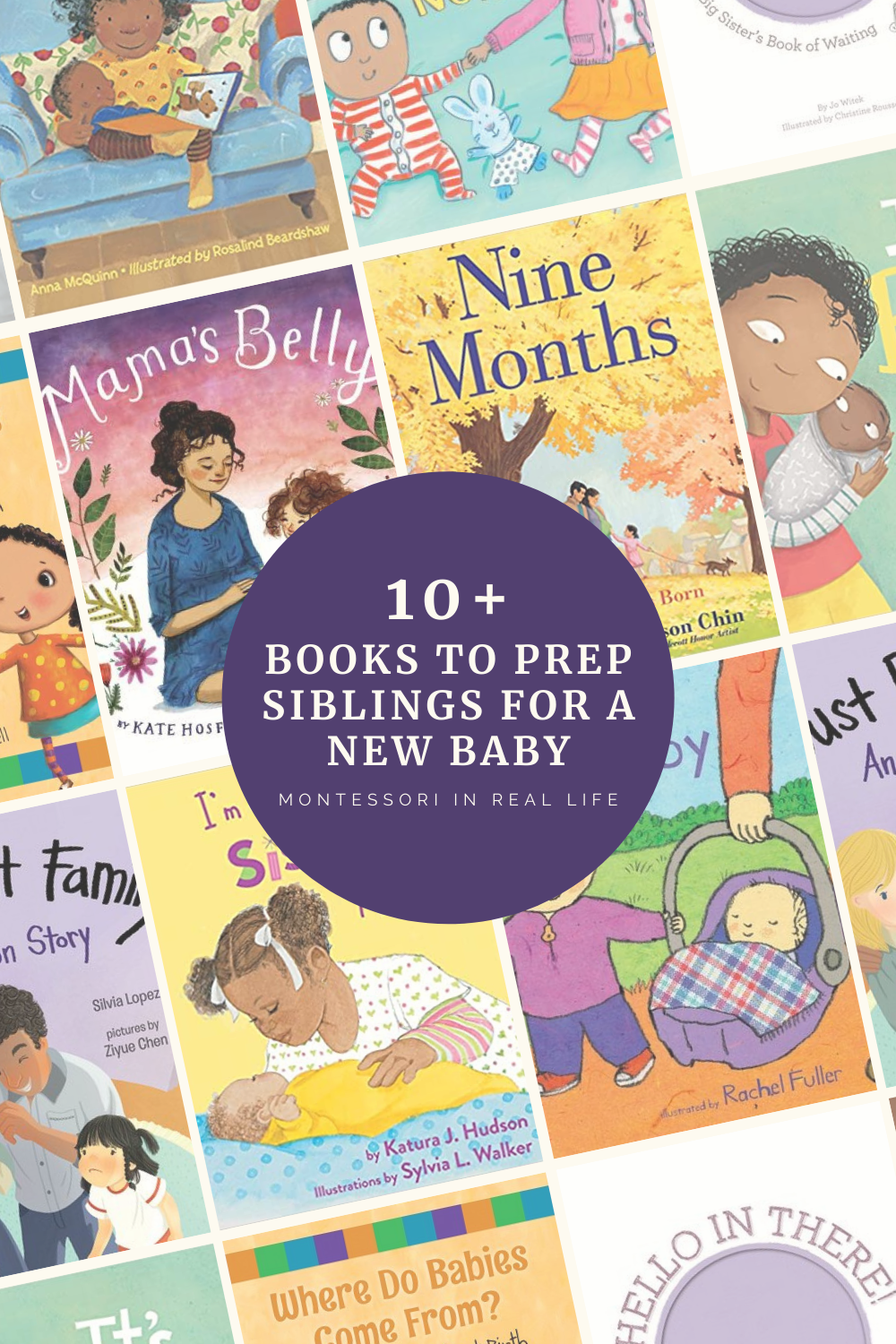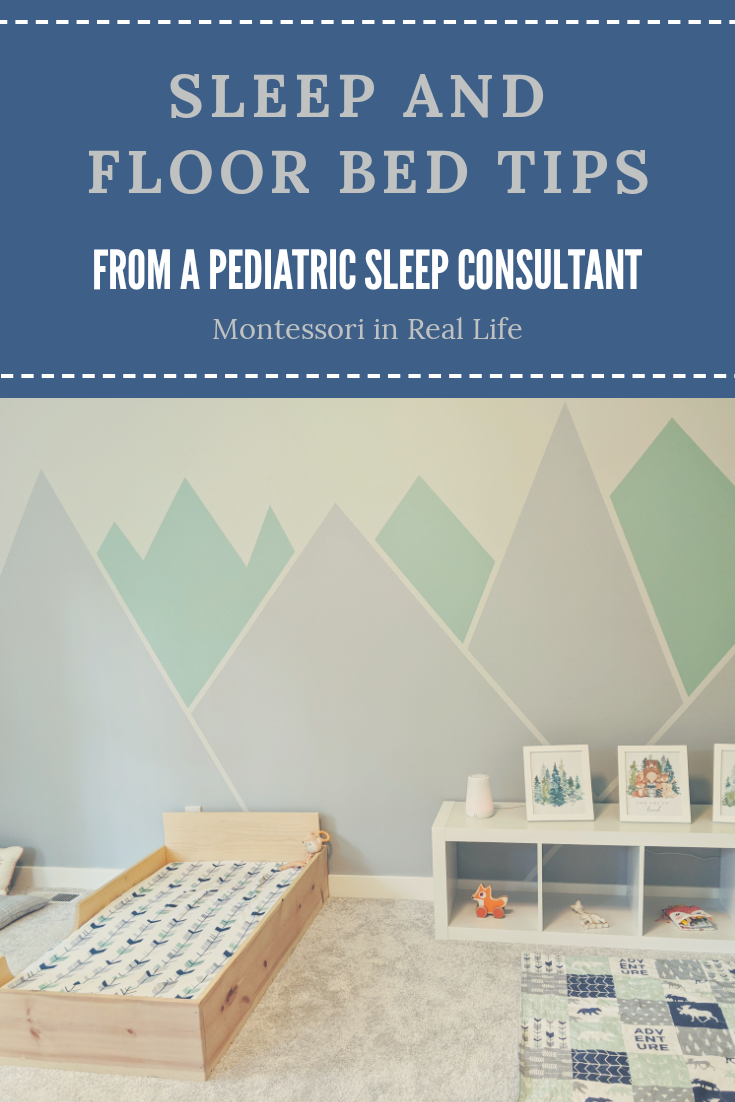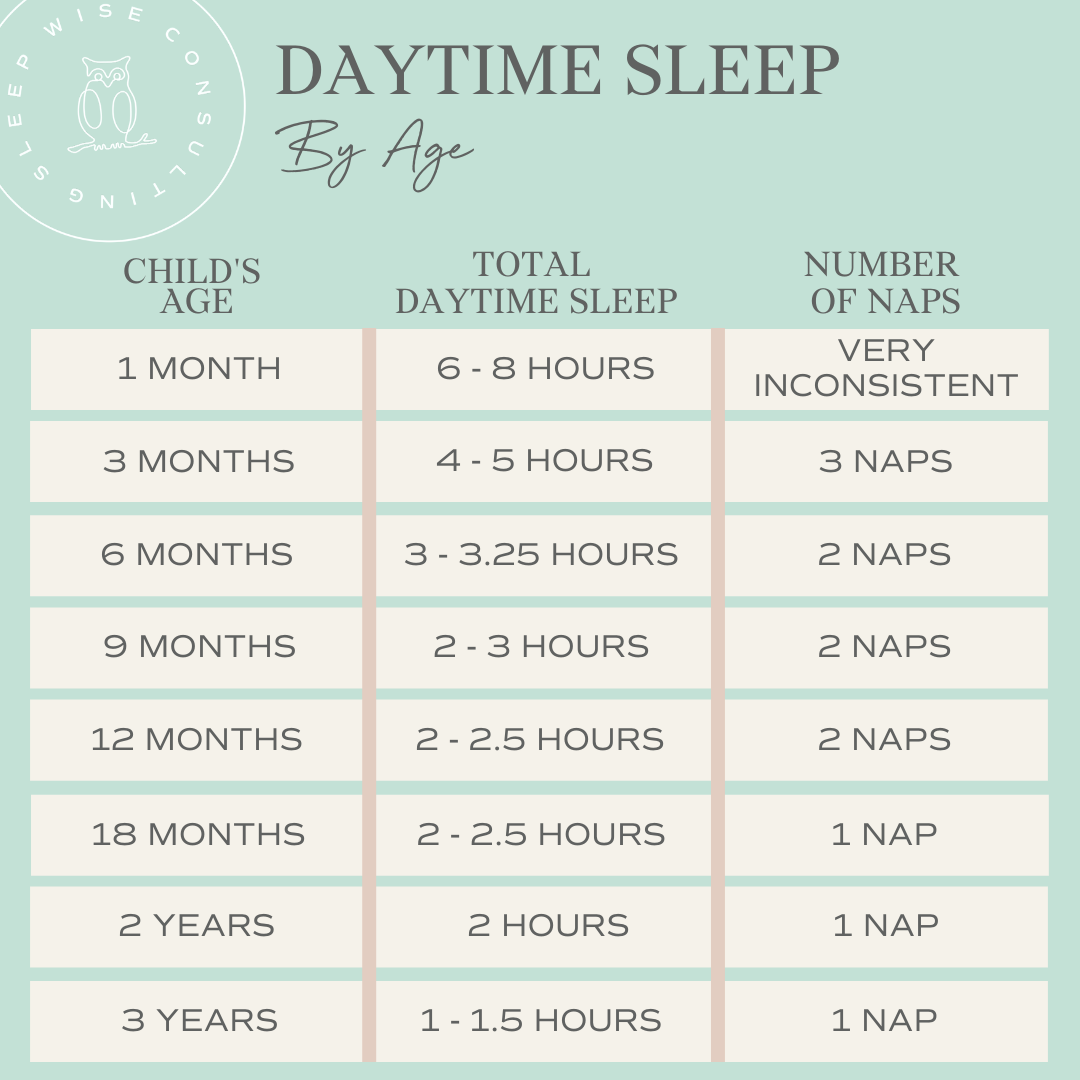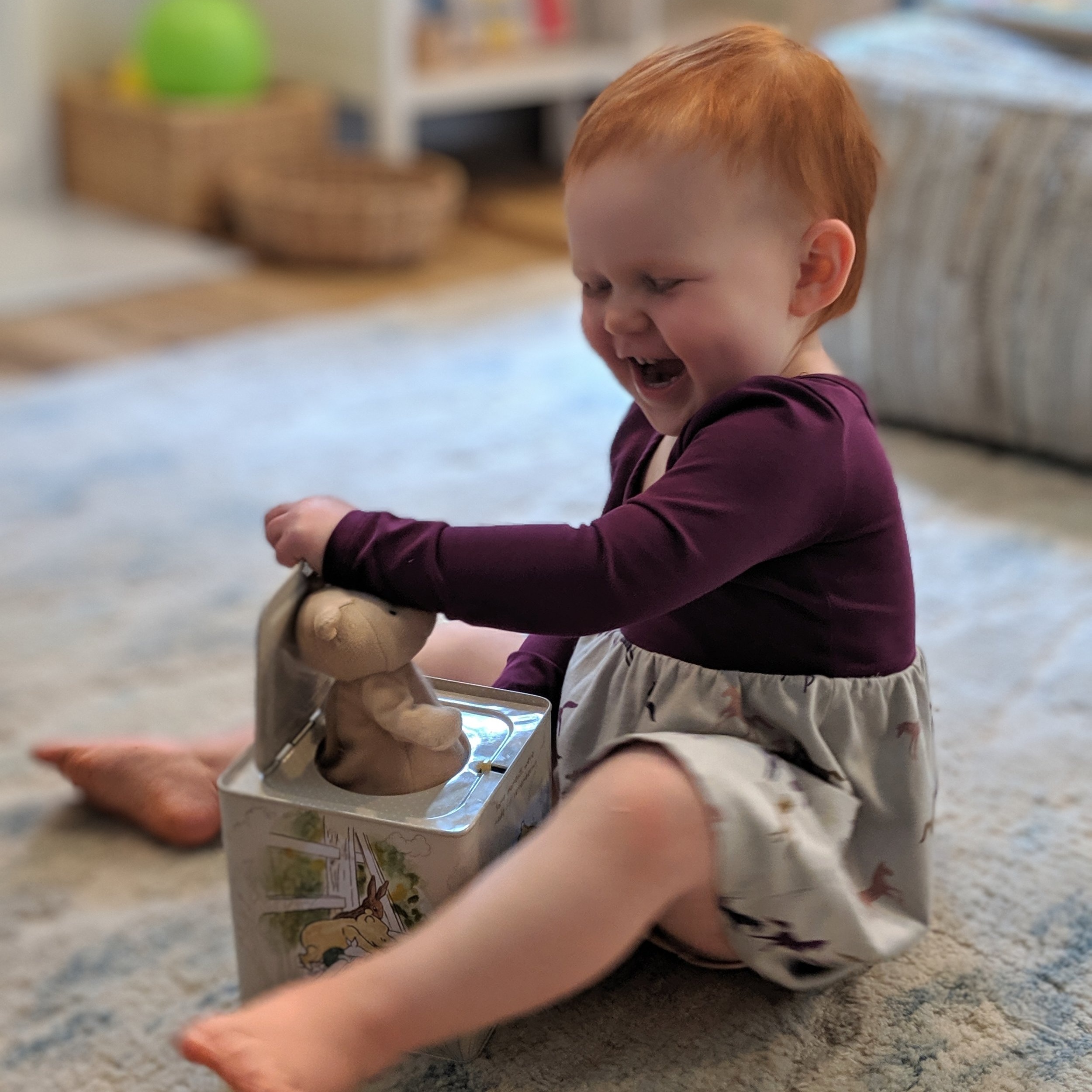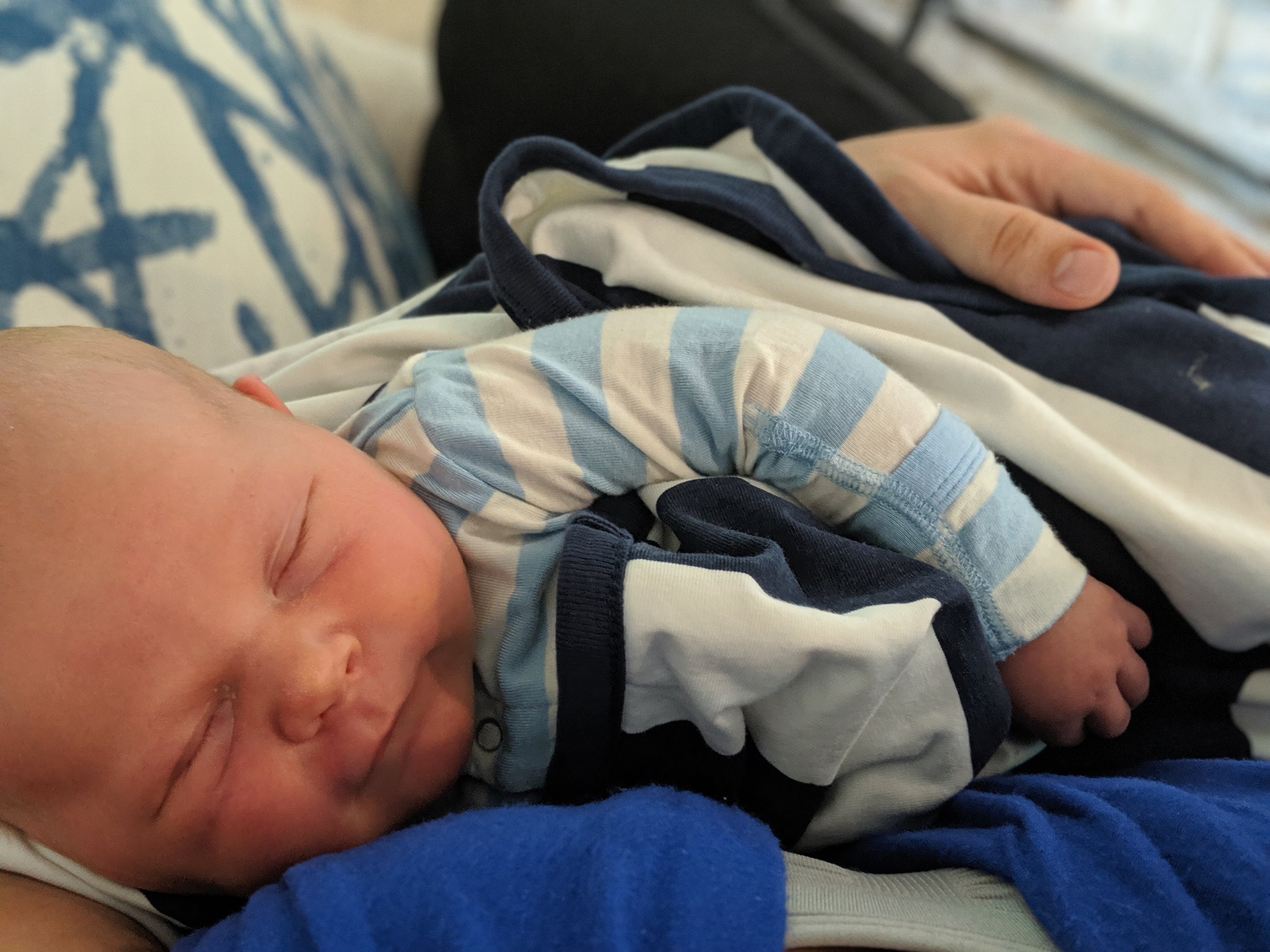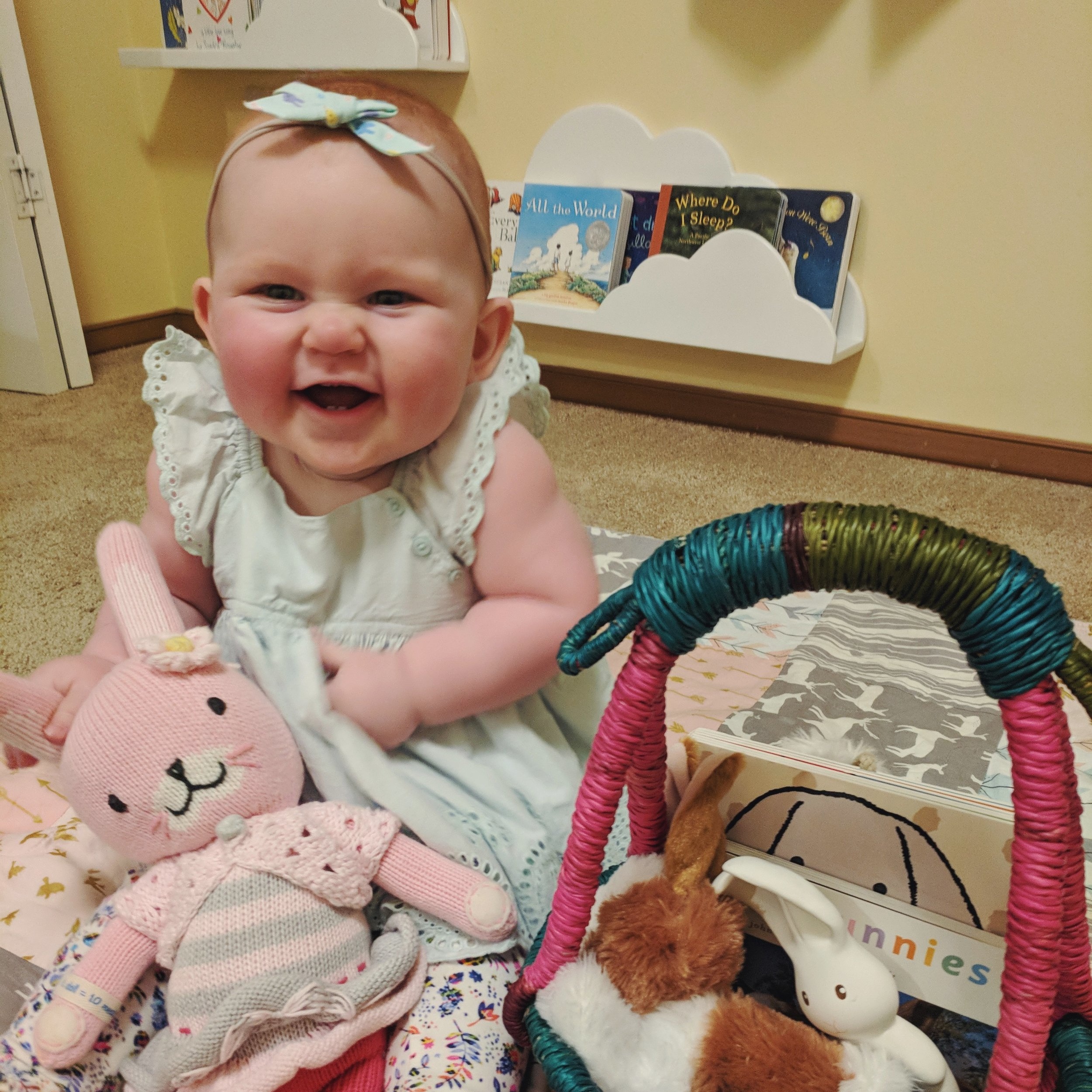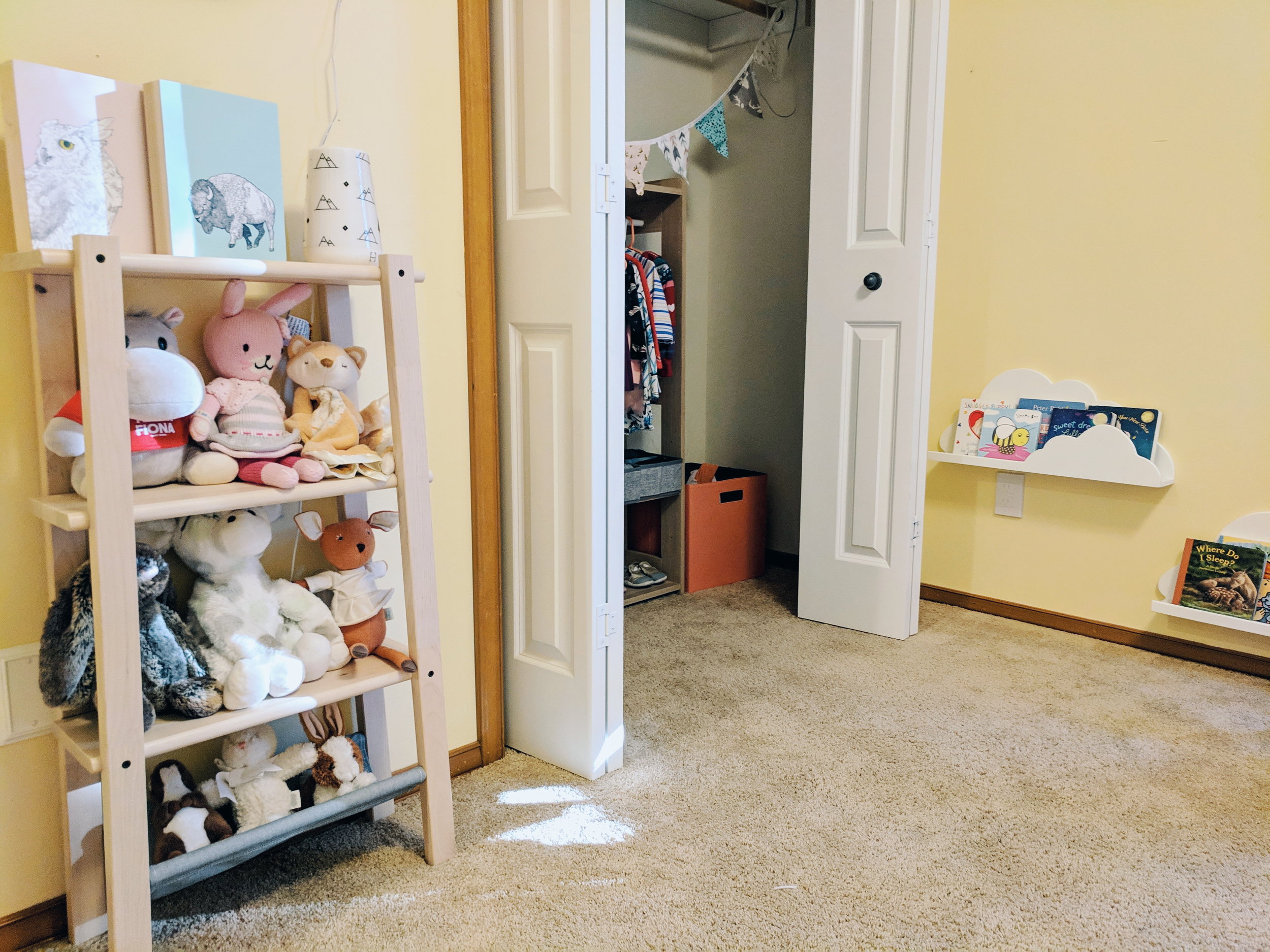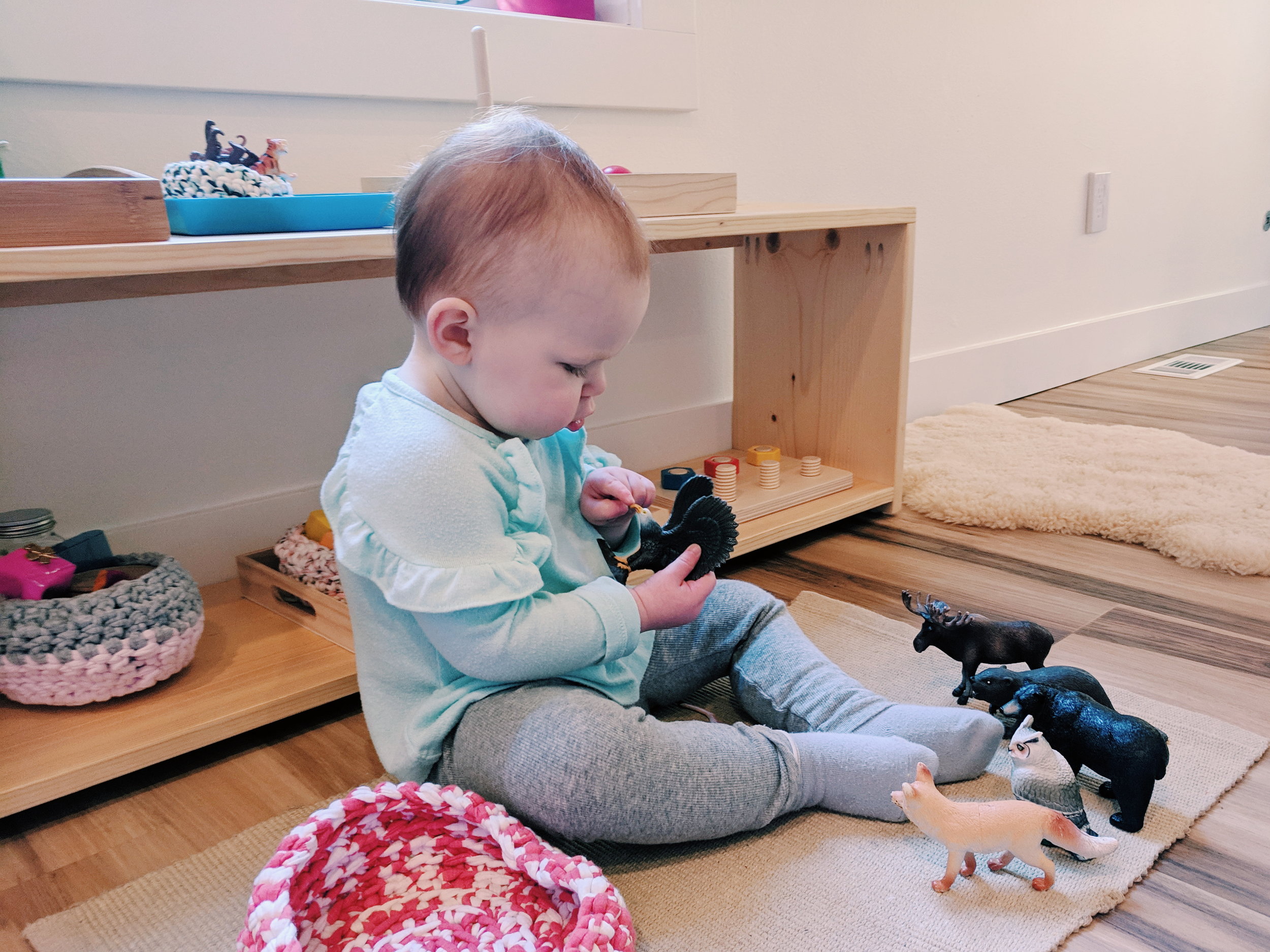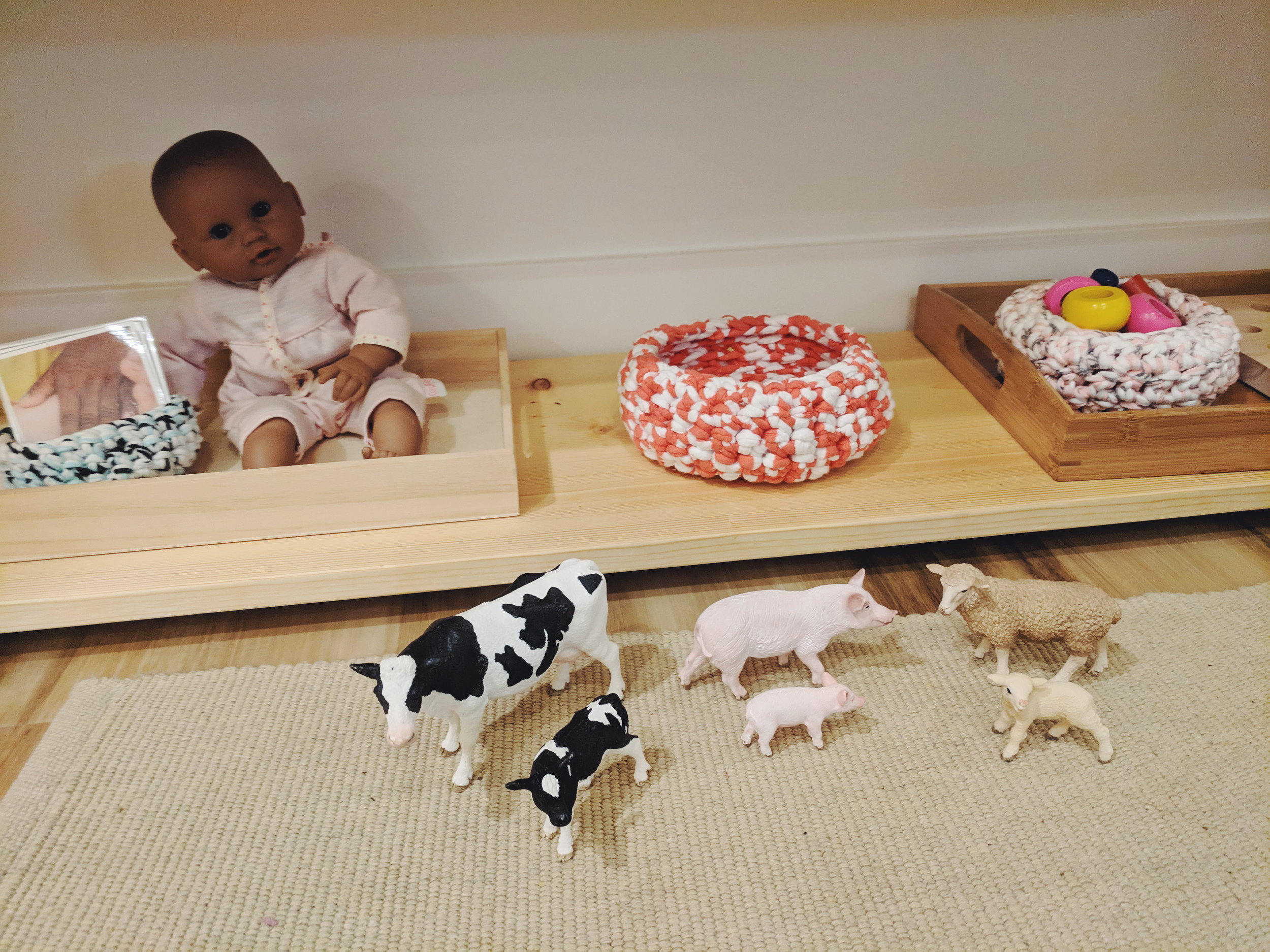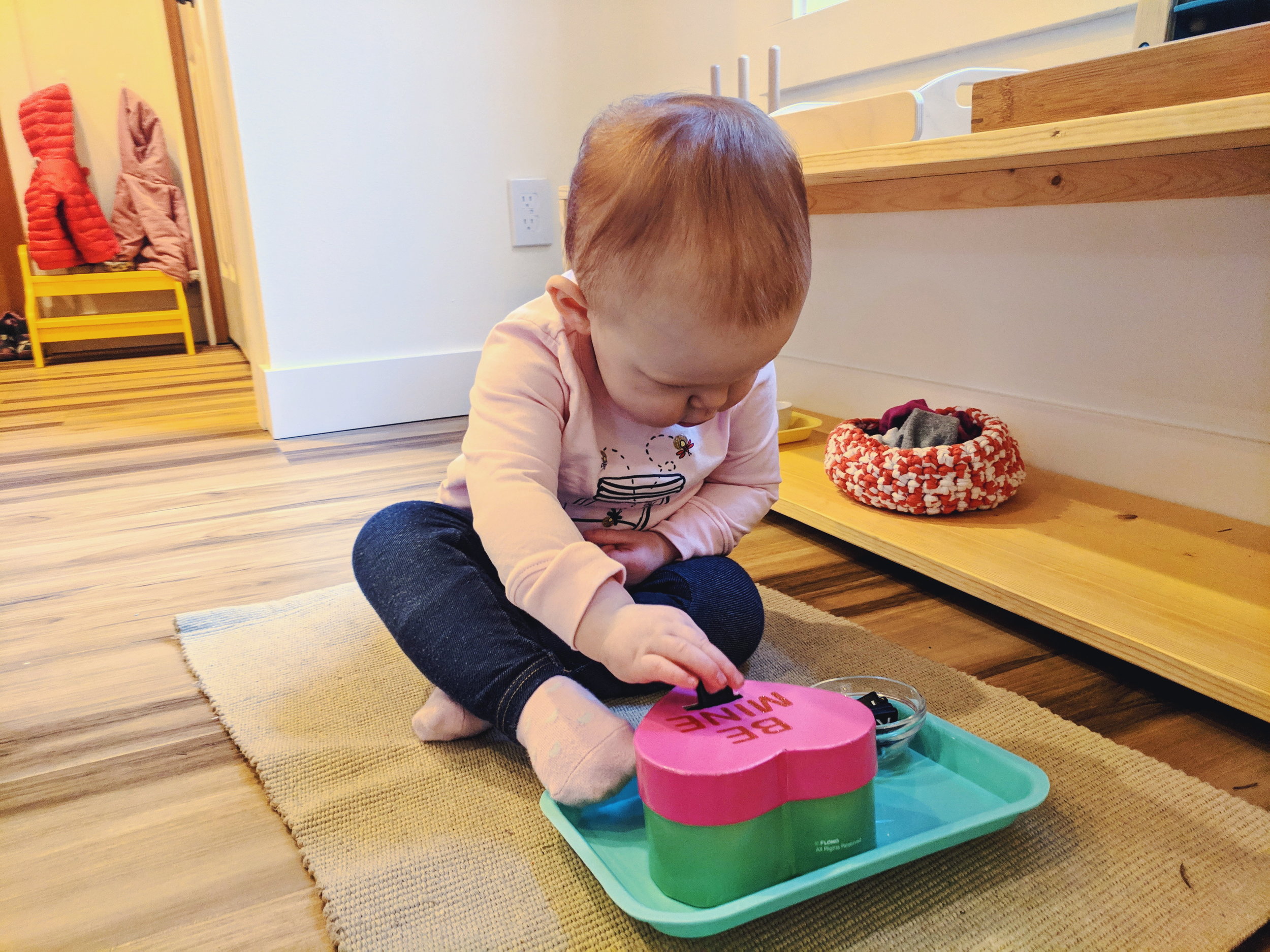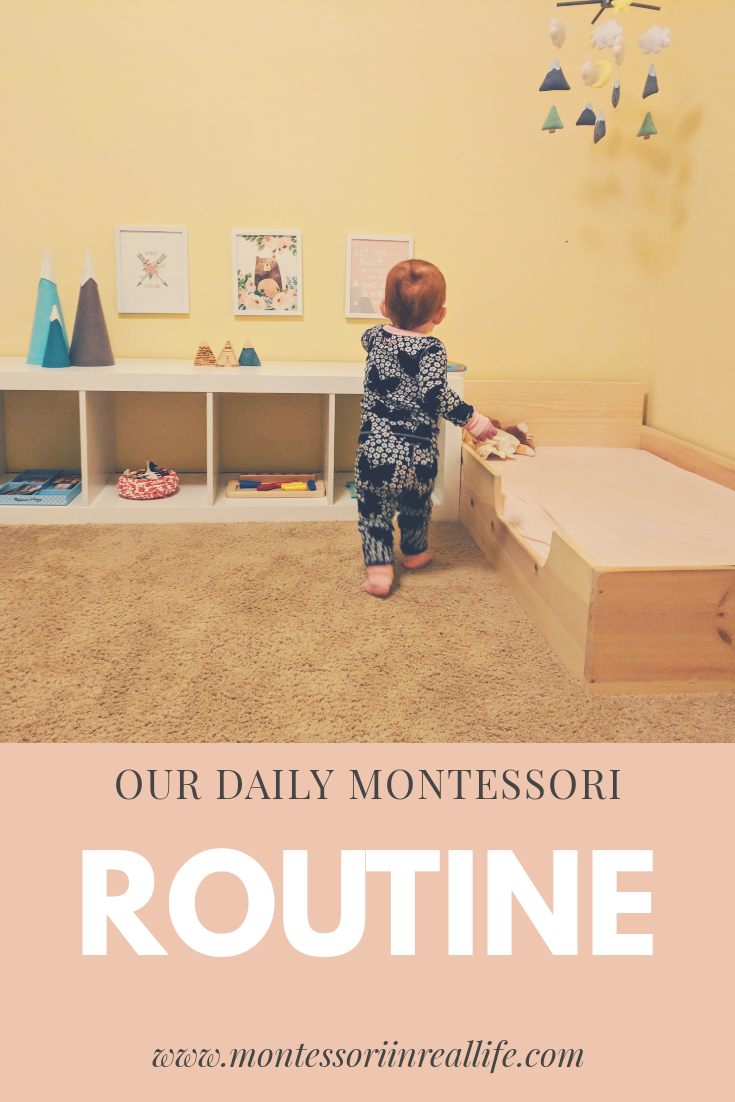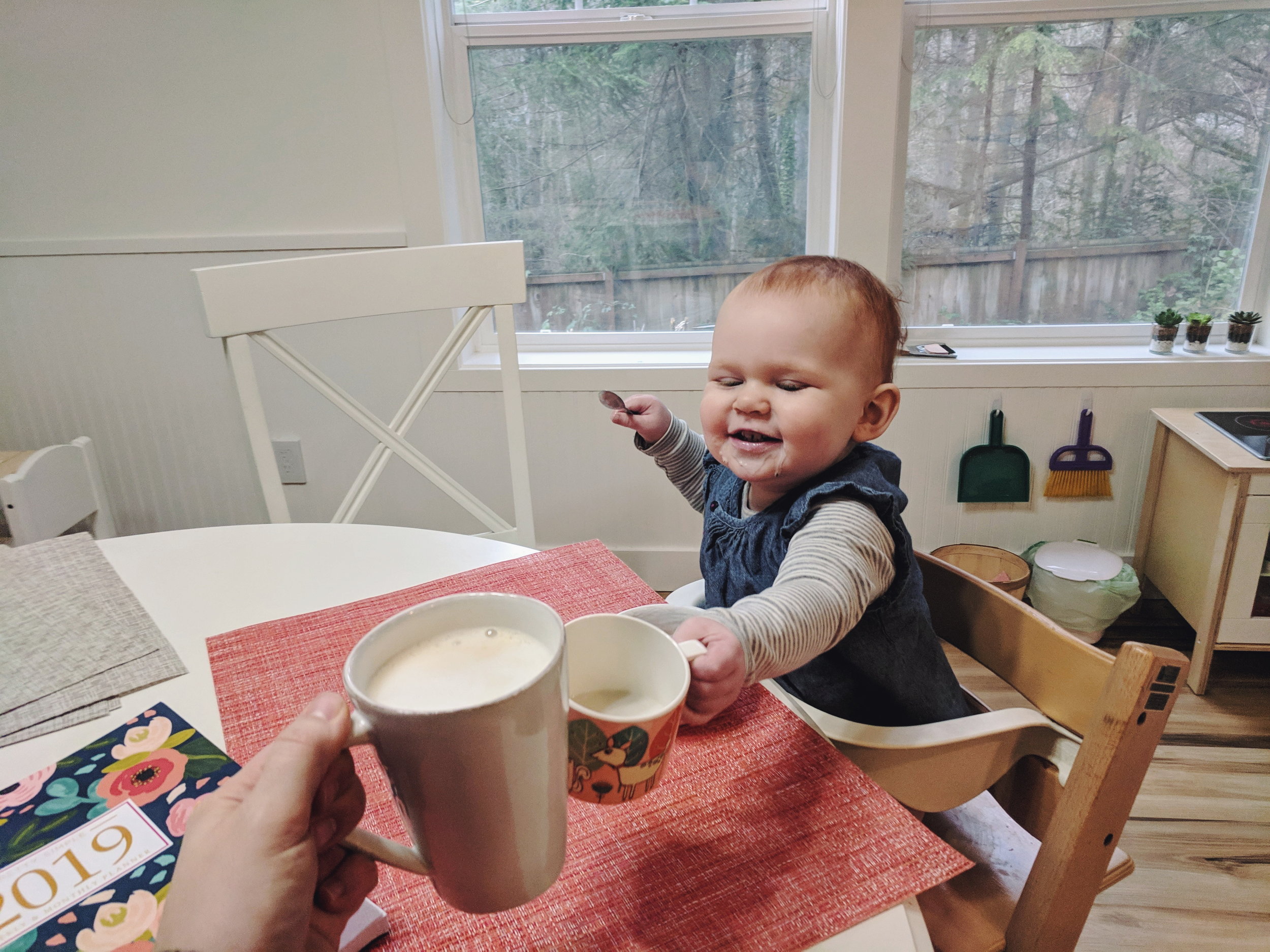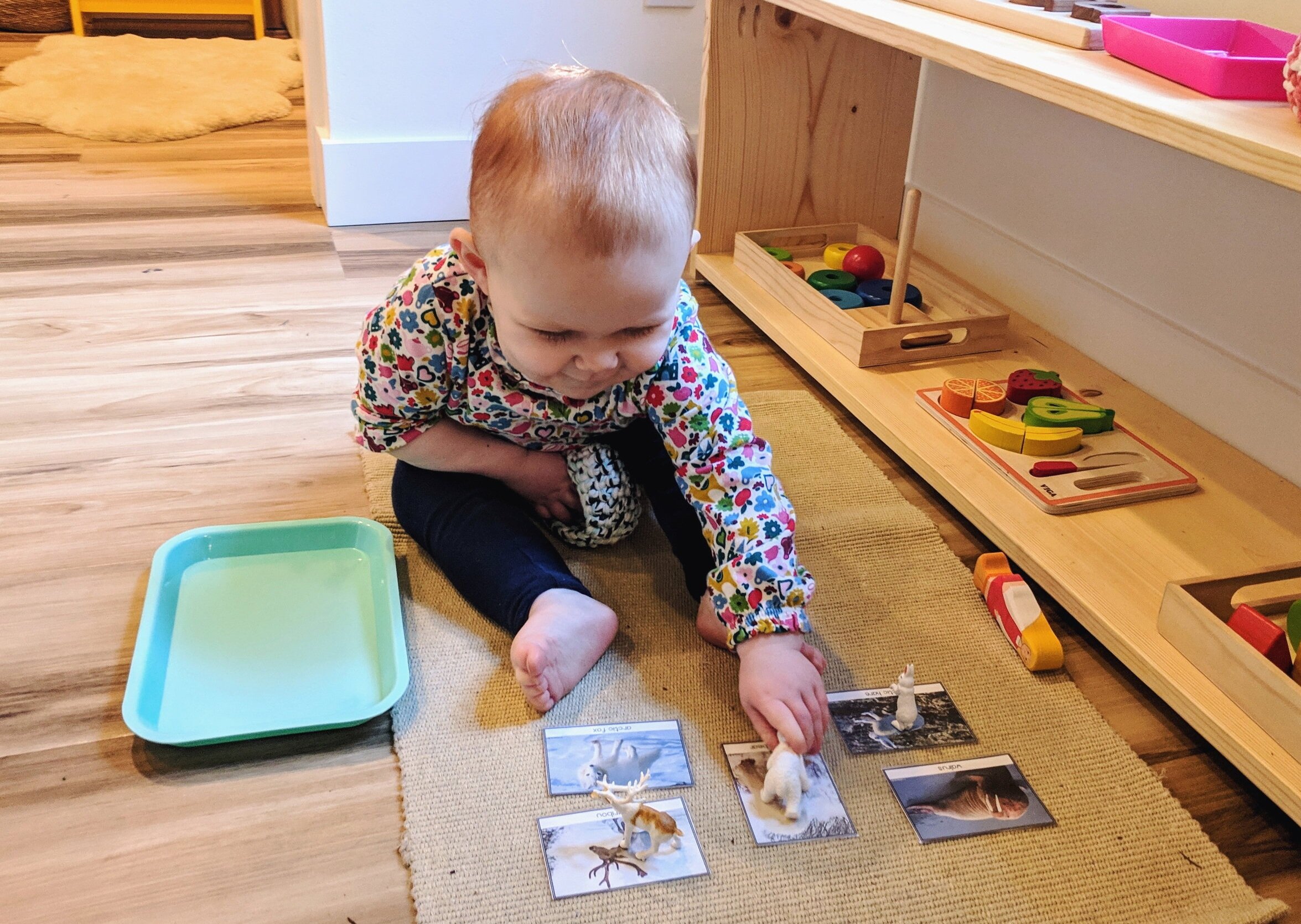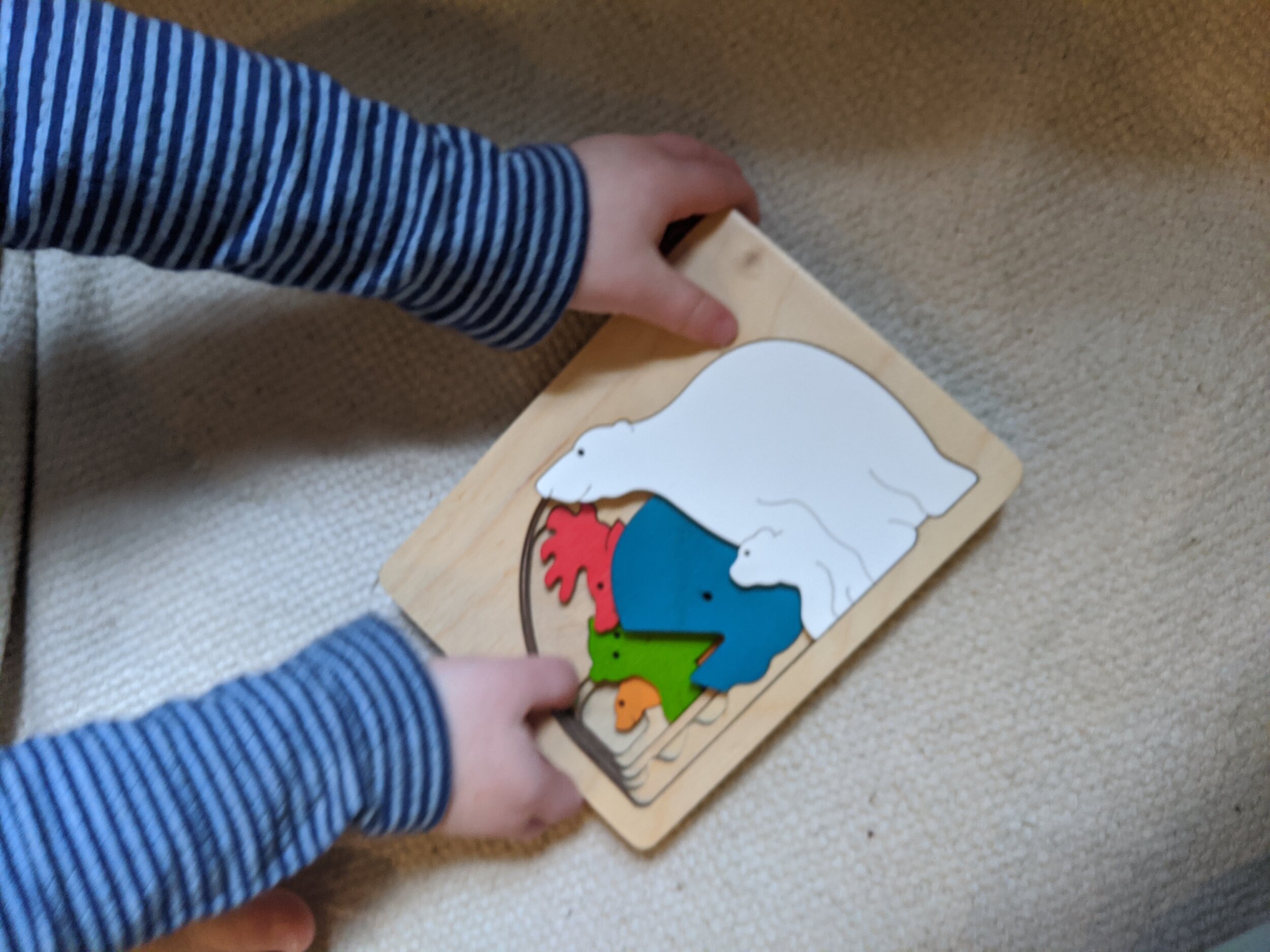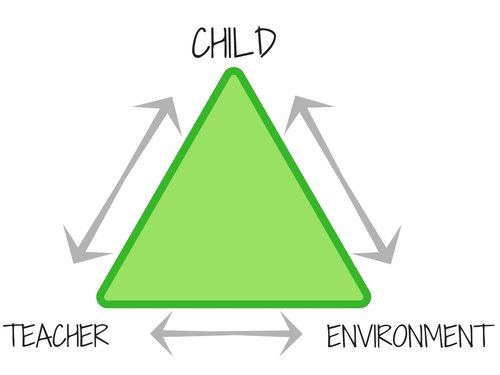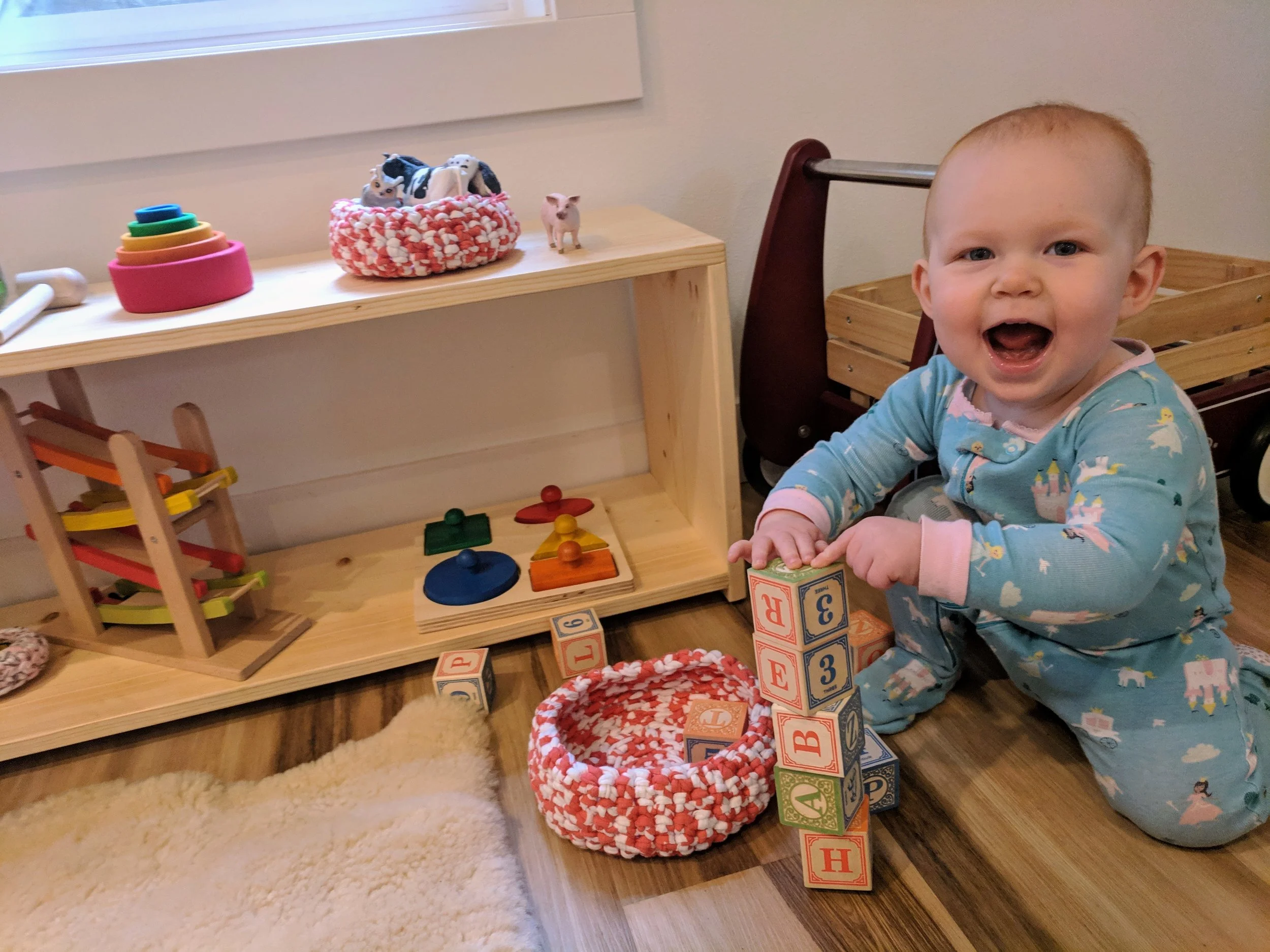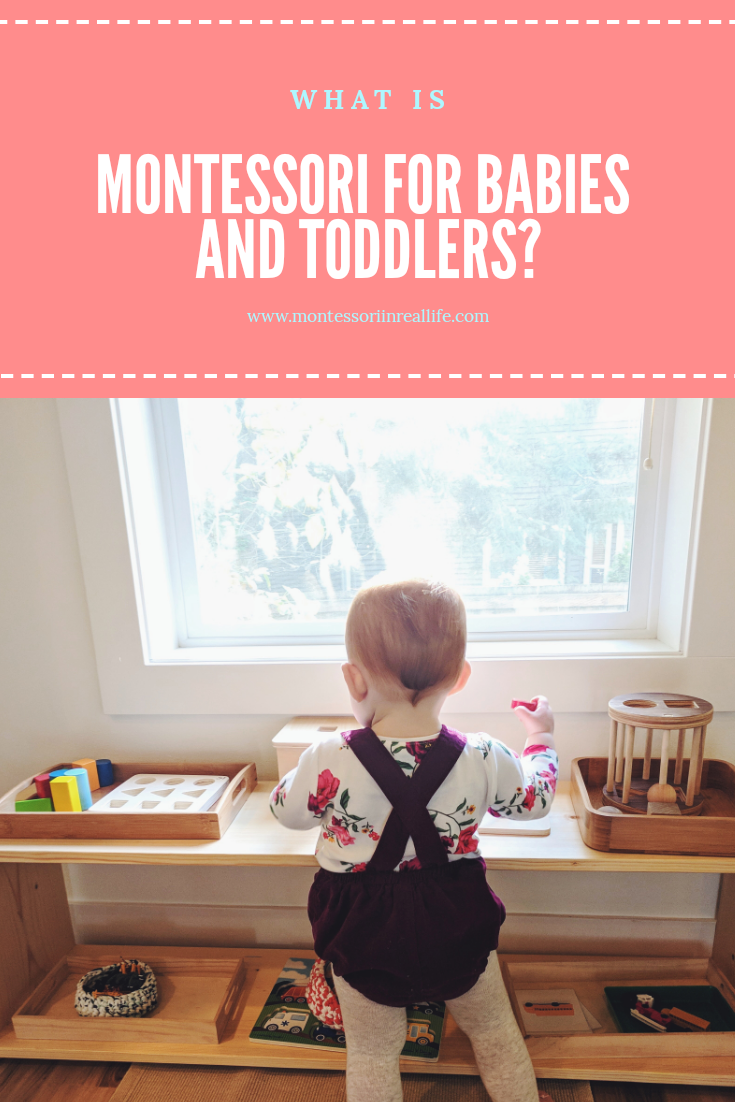Playground Etiquette
Montessori in Real Life
As the weather warms and restrictions ease up, the playgrounds are filling back up with families. For many children, and parents, this might be challenging to navigate, particularly after a pandemic year. Challenges include following playground rules, social expectations, safety issues, and having to finally leave the park. How do we allow our children independence to explore while helping them navigate social and safety expectations? How do we help them build confidence, both in their body and social skills?
Establish Park Rules Early
Decide on your general playground rules ahead of time and discuss them with your child. This will vary by age, with simple but clear limits for toddlers and room for discussion and independent choices for preschoolers and up. Here are some examples of questions you might ask yourself:
Are there any areas of the park or playground that are off-limits?
Are you okay with your child going up or down the slide when another child is at the bottom?
Does this rule change if the slide is busy and there is a line forming?
Will you and your child wear masks? Shoes? Sunscreen?
Observing vs. Hovering
This will also depend on the age of your child. With infants, we can shadow them but let them take the lead in exploring and play. With toddlers, we can stay back but remain nearby to offer help or enforce rules as needed. With preschoolers, we can stay in a predictable and visible location and keep an ear out, while also enforcing rules as needed.
With each age group, we want to let them follow their own body’s limits, giving them a sense of confidence and capability. This means rather than placing them up on a high tower, letting them climb up however high they can on their own. In general, children can get down independently if they can get up independently. If we place them up high, they often feel stuck and rely on our help.
When there are other parents nearby, it can help to not all hover together around the children. This often leads to parents feeling pressured to intervene unnecessarily. Instead take a step back if there is already an adult close by or if you are interested, chat with the other parents! You can both step back and give your children some space to play while you talk with one another. The park is agreat place for parents and children to make friends and find community.
Social Conflicts
It is normal for small conflicts to arise between children at the playground. Often children have different ideas about how to use the playground equipment or want to use the same thing at the same time. There is no need to intervene in every instance. Often, even young toddlers can work out their issues without adult intervention. By preschool age, it’s important to give them a chance to problem solve, as this is the most effective way for children to develop their social problem-solving skills.
However, there are times when a child is getting hurt, physically or emotionally, and it’s appropriate to intervene and make sure everyone is feeling heard and safe. For example, if my toddler is blocking the slide, I would first point out that another child is waiting. If they still didnt move, I would gently move their body. If my preschooler is blocking the slide and I happen to be close to her I might say “It looks like someone is waiting for a turn, it’s time to hop down so that they can slide.” If I’m not nearby I would let it be (and hope that they communicate to each other). If they end up crashing into each other, I would still pause, but if it looks like someone is hurt or upset I would go over to give comfort and brainstorm solutions for next time with them.
Often conflicts arise over sand (or other personal) toys. If there are a lot of children, I prefer not to bring sand toys that my children might feel “ownership” over or might get taken on accident. When we do bring sand toys in a smaller setting, we talk about how it’s okay to let other children use these sand toys in this shared space. I encourage turn taking but don’t force sharing or giving back (until it’s time for us to leave). It’s okay for rules and expectations to be a little more relaxed in a public setting.
If one of my children is upset by something another child did, I offer comfort to them and let them stay with me as long as they need. I don’t say anything to the other child or parent (that’s not my job); I just verbally acknowledge what happened. Once they have recovered, we often move on to a different activity.
Leaving the Park
The hardest part of a playground visit for my kids is often saying goodbye. It’s tough to leave a really fun place! It can help to give children a heads up a bit before it’s time to leave. As toddlers don’t understand the concept of time, we can let them know there is time for one more activity before we go and let them choose. If they don’t want to leave the slide specifically, we can let them know how many more turns will happen before going home (or they can choose the number!) When the time comes to leave, it can help to say “bye bye” to the playground/slide/etc.
With children who are preschool age, timers can work well. We can let them know we are setting the timer for 5 minutes and when it rings, we are going home. Sometimes giving them one more heads up before the timer goes off (e.g. 5 minutes and then 2 minutes) is helpful too. Lastly, we can talk about when we will come back to this playground again, so that saying goodbye is only temporary.
Sometimes, even with warnings, children are upset about leaving the playground. Although it’s tempting to just let them play longer, it’s important to stick to our limit. If we continue to budge on the time, our children will remember that and expect that limit to budge the next time too. When we are consistent about our limits, they trust our words more, and feel less desire to test.
If they are upset when it’s time to leave we can simply listen and acknowledge. “You really want to stay at the park. It has been such a fun afternoon at the playground. You are upset about leaving.” If you feel any embarassment in this public setting, know that every single parent has or will be in that exact place too. Let your child feel their feels and help their body if needed.
